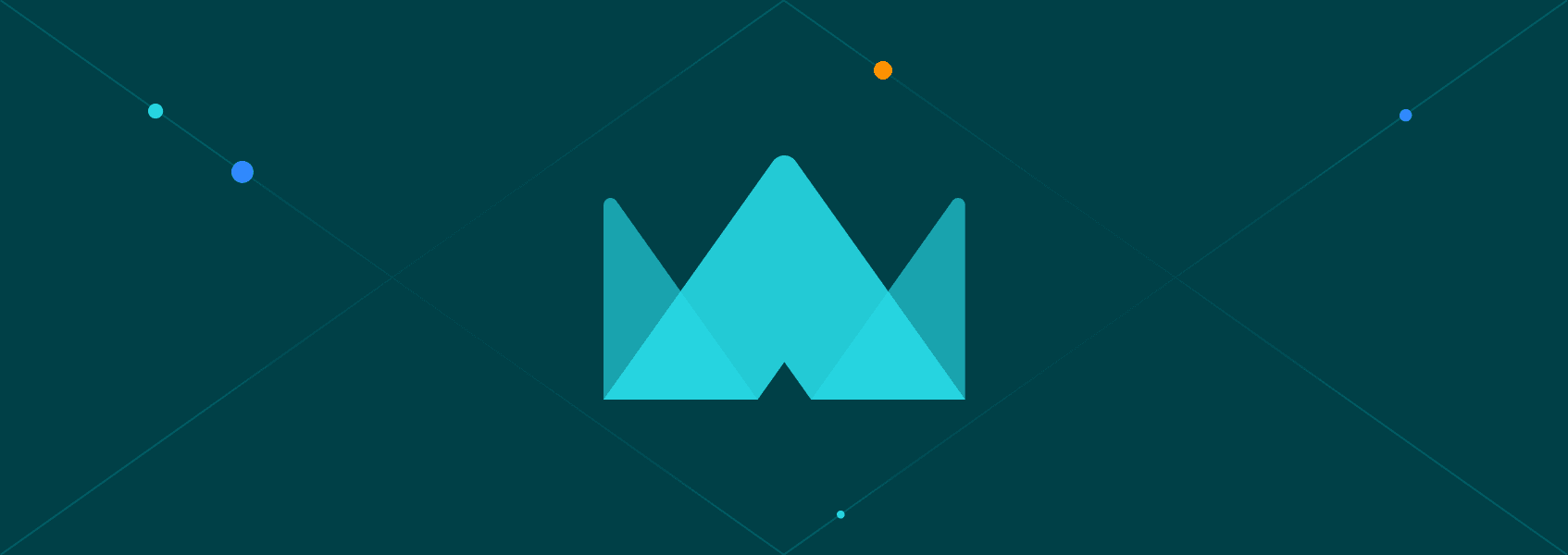Web Scraping With Scrapy vs. Beautiful Soup vs. Selenium
Software comparisons

Simona Lamsodyte
Selenium, Beautiful Soup, and Scrapy are very popular tools for web scraping. If you’re new to scraping the web for information or just didn’t get a chance to try all of them, figuring out the best choice for your needs might be a challenge. In this article, we’ll briefly go over their capabilities, strengths, and weaknesses to help you figure it out.
Should You Use Scrapy, Beautiful Soup, or Selenium for Your Web Scraping Projects?
The internet is brimming with data, and getting it is usually as simple as performing a copy/paste action. But what happens when you need to gather large amounts of information? Clicking through a whole website with countless web pages manually only to get a single piece of data (like a phone number, email, price, or anything else) from each page could take years.
Different web scraping solutions can do this for you and get the data you need before you say “web scraping automation.” Let’s look into the three most popular Python web scraping tools and what sets them apart.
Scrapy
This open-source framework is the best option if you’re looking to get into large-scale scraping. It’s built on top of Twisted and doesn’t need any additional dependencies to work (unless you’re working with JS). Its greatest advantage is speed. Scrapy is asynchronous, so it can make parallel requests instead of doing them one by one. While this significantly boosts efficiency, it also makes Scrapy quite RAM and CPU-hungry compared to the other two options.
Scrapy offers rich features out of the box but also supports extensions to expand its functionality even further. You can use proxies, tweak cookies and sessions, control the crawl depth, etc. It even has a live interactive console that lets you check if you’ve selected the appropriate CSS or Xpath expressions in real-time.
The biggest downside of Scrapy is its inability to deal with JS. Instead, it relies on Splash to do the job. On top of that, the learning curve might be a bit more steep compared to the other two solutions, and beginners might have difficulty with the installation process.
Beautiful Soup
Unlike Scrapy, Beautiful Soup is a bit more modest in terms of features and functionality, so it’s a better option for web scraping beginners and smaller jobs. The limited features are also the greatest advantage of Beautiful Soup - it’s straightforward to set up and use. It also has great documentation and an active online community.
You can use parallel requests in Beautiful Soup, but it’s significantly harder to set them up than in Scrapy. More importantly, even when you do, it still can’t compare to Scrapy’s speed.
Beautiful Soup can gather data from HTML and XML files. However, it has a few dependencies (like the request library to send requests to the target website and external parsers to extract the data you’re interested in). While there’s nothing wrong with dependencies, transferring code between different projects can be challenging. Still, that’s not a huge downside since you can set up a scraper in just a few lines of code.
Selenium
Unlike the other two tools, Selenium is essentially an API that allows you to control a headless browser. While it’s primarily aimed at web testing and automation, you can also use Selenium for web scraping . One of the key benefits of Selenium is the fact that it can deal with JavaScript. As many websites use JS elements to create dynamic page content, you need to load the whole page to start scraping, and that’s where Selenium really shines.
It’s a very versatile solution, compatible with Python, Ruby, Java, and node.js, and can control most major browsers. You can load a website and even emulate actions, complete fill-in forms, click on buttons, and do everything else you can do in a full headless browser. While that’s a great feature, it also means you’ll have to load a new browser instance if you plan to multithread your web scraping efforts.
Selenium is a bit harder to master than the other two tools and needs more computing power. Still, it’s a decent choice for moderate web scraping projects that involve JavaScript.
Why Do You Need Proxies for Web Scraping?
All of these web scrapers support proxy servers and even recommend using them for your web scraping projects. The reason for this is simple. Web scraping projects usually involve sending many requests to a website in a short period. Most websites block them instantly if you use the same IP address for this.
With a reliable residential proxy service , you can get access to a large number of IP addresses and make it so that each request comes from a new device with a new IP. Since these are residential proxy servers, the target websites see them as regular desktop or mobile devices with ISP-issued internet connections. In other words, they’re no different from organic website visitors!
IPRoyal offers residential proxies from over 180 locations worldwide for undetectable web scraping and the highest possible success rates regardless of project size!